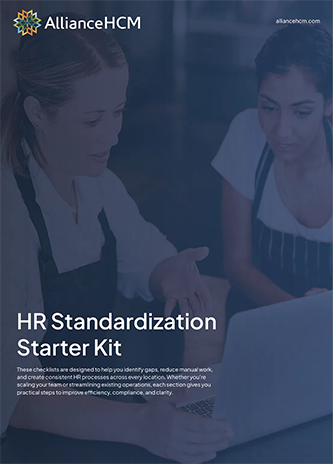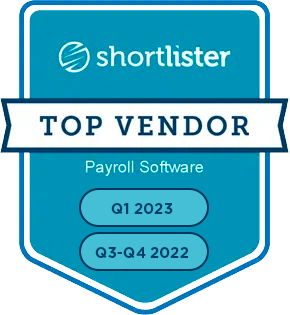A career development plan is a tool for helping workers achieve their professional goals. They can be used when you onboard a new recruit or to support a long-term employee. But can professional career planning really help you retain your best workers? Absolutely.
Below, we cover why career planning supports employee retention, and the steps to creating a development plan.
How career development plans improve retention
Career plans can boost your retention rates for four specific reasons. Let’s break them down.
Improves motivation
Career plans give employees a chance to learn new skills. Learning new skills keeps work enjoyable and fresh, which improves motivation. Motivated team members are less likely to look for a new job elsewhere.
Boosts accountability
Career plans encourage workers to take responsibility for their own development. They take ownership of their career options and they look for ways to learn their skills. Employees who know they’ll reach their full potential at your company are more likely to stay loyal to you.
Clarifies expectations
When you create employee development plans, you’re clarifying what role that worker plays in your company. You’re setting clear targets and expectations for workers to meet. If an employee feels like they’re hitting targets and making progress, they’re more likely to stay.
Provides structure
The career planning process gives your workers structure. They can plan for the future and work towards promotional opportunities. When employees feel secure at work, you can retain them for longer – and benefit from their skills and talents.
Risks of failing to use employee development plans
Since there’s no requirement to have employee development plans, many companies don’t use them. However, here’s why it’s a bad idea to forego professional development planning.
Low morale
We all work best when we feel valued. If your team members don’t feel like you care about their career paths, they could lose motivation. Low motivation leads to underperformance, frequent mistakes, and high staff turnover – none of which benefit your company.
Decreased accountability
Career plans keep employees accountable. How? By giving them clear goals to work towards.
Without goals, employees can stagnate. Work becomes frustrating, mundane, and repetitive. Frustrated or jaded workers with no accountability could start looking elsewhere.
Lack of clarity
Without a career plan, workers lack clarity. They might be unsure of what you need from them or how to perform their duties. They might not understand how their skills relate to their day-to-day tasks or to the company’s overall performance.
If workers aren’t sure what their role actually is, they’re more likely to start a job search.
Lack of direction
No plan means no direction. Talented and bright employees may feel they’re lacking the chance to reach their full potential. They might feel stifled or concerned that they have no progression opportunities.
Without a clear sense of direction, employees could start looking for more promising opportunities elsewhere.

What to include in employee development plans
There’s no rulebook for what a professional plan should include. However, when you create a career development plan, here’s what to include.
- Employee short-term goals
- Employee long-term goals
- Steps to take for achieving these goals
- Timeline for making progress
- Framework for reviewing and tracking progress
A career development plan for employees doesn’t need to be complex. Instead, think of it as a map with flexible directions. Even if the map changes a little, it’s a framework for moving the employee closer to their career goals.
Career development plan example
While every development plan is different, here’s how you might build a plan for an employee. We’ll take an IT worker as an example.
- Short-term goals: Undertake cybersecurity training. Learn cloud computing. Develop coding skills.
- Long-term goals: Get promoted to supervisor. Progress to IT manager.
- Steps to take: Attend cybersecurity training. Go on a cloud computing course. Complete a coding module.
- Timeline: Complete a training course every three months.
- Measuring progress: Review again in nine months. Short-term goals are met if the worker completed and passed the agreed training.
Sticking with this example, you might set new goals at the review stage. For example, if the employee achieves their goals, you can push them towards developing management skills. And once they have these skills, you can use them to benefit your business.
Career development planning with AllianceHCM
Your employees are critical to your company’s success. Retaining the brightest, most promising workers should be a top priority. And once you’ve secured the best talent, you need a process for tracking their growth.
At AllianceHCM, we want to help you manage your employees, nurture talent, and boost your business. From performance management to employee engagement, our HR tools are designed to meet your needs.
Speak with us today to learn about our management software solutions and help your HR team take your employees to the next level!






